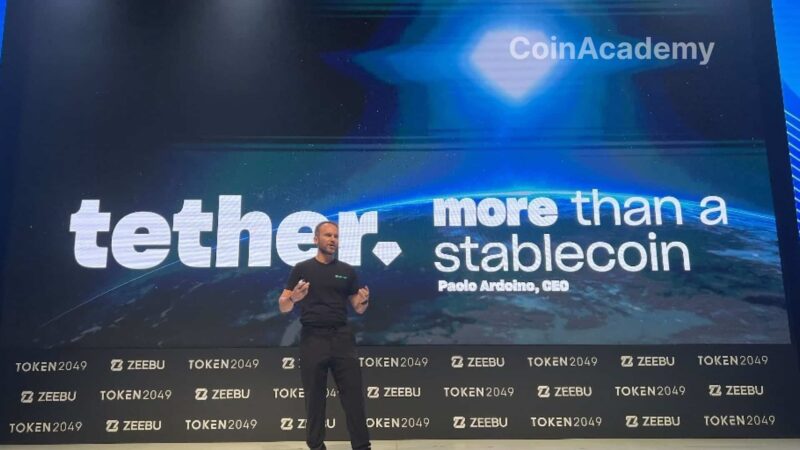Vitalik Buterin Highlights the Importance of Alignment with Ethereum
In a recent blog post, Vitalik Buterin discusses the need for projects to be easily understood and aligned with Ethereum by defining concrete criteria, such as open source, interoperability, decentralization, and positive contribution to the ecosystem and the world.
Buterin acknowledges that these criteria must be adapted to the context of each project. For example, the requirements for decentralization in rollups evolve over time, and tools like L2beat help assess project compliance.
Buterin proposes the creation of independent organizations to measure project alignment with Ethereum, ensuring a transparent and objective meritocracy based on neutral criteria rather than personal relationships.
The article highlights the challenge of balancing decentralization and collaboration within the Ethereum ecosystem to build a cohesive environment.
It emphasizes the need to clarify what it means to ‘be aligned with Ethereum’ to ensure that the various projects within the ecosystem work towards a common vision rather than diverging into isolated initiatives.
The main ideas of the article explore how to make alignment more measurable and applicable to different Ethereum projects.
Measuring Alignment: Concrete Criteria
Buterin suggests that alignment can be measured through specific criteria:
- Open Source and Transparency: Making code accessible and open, encouraging contributions and improvements from third parties.
- Interoperability and Open Standards: Building applications compatible with Ethereum ecosystem standards or participating in their development.
- Decentralization and Security: Minimizing the risk of censorship, dependency on centralized control points, and enhancing security.
- Positive Contribution to Ethereum and the World: Projects should bring value to the overall Ethereum ecosystem and society, promoting adoption of ETH and contributing to the public good.
Adapting Criteria to Project Contexts
Buterin acknowledges that these criteria do not apply uniformly to all projects within the ecosystem. Each project type, whether L2 solutions, wallets, or decentralized social applications, will have different priorities. For example, the decentralization requirements for rollups have become more stringent over time.
The article also highlights the importance of initiatives like L2beat, a tool that measures the decentralization and security of Ethereum rollups. Buterin suggests similar entities should emerge to monitor project alignment with the criteria.
‘Organizations Dashboard’ for Measuring Alignment
Buterin proposes an approach inspired by the separation of powers to evaluate project alignment. Independent ‘organizations dashboards’ could impartially track and measure these criteria, ensuring distributed control based on objective data rather than social relationships or personal preferences.
Building a Transparent Meritocracy
Buterin’s goal is to create a meritocracy with clearly defined merit. This will allow the Ethereum Foundation and other stakeholders to support projects that align most closely with the established criteria. By making alignment more legible, Ethereum can strengthen its meritocracy while remaining open, inclusive, and focused on positive values.




